Dardanelles trap
The German-Turkish command also strengthened its forces, strengthening the defenses of the straits. 6 main forts were now armed with 42 guns in caliber from 203 mm and above. Intermediate batteries received new guns. The number of mortars and field guns also increased. The Turks set another one (10-th) minefield line.
Britain attempted to engage Greece in the operation. With the onset of World War I, Greece declared neutrality. The Greek elite split into two camps - supporters of the Entente and opponents of participation in the war. This period in stories Greece received the name of the National Schism. The leader of the supporters of the participation of Greece in the war was the Prime Minister Eleftherios Venizelos. Back in September, 1914, Venizelos, informed London and Paris that if Istanbul declared war on the powers of the Entente, Greece would mobilize the army and navy in order to safeguard against Bulgarian danger. In addition, Venizelos assured the British that, observing even armed neutrality, Greece would be entirely on the side of the Entente. Venizelos was a supporter of the idea of "Great Greece" ("Great Idea"): the reunification of historically Greek lands, including the straits and Constantinople. In fact, the Greek patriots dreamed of recreating the Byzantine Empire with its capital in Constantinople.
King Constantine I was against the participation of Greece in the war. He was supported by many senior officers, who were mainly educated in Germany. Constantine himself was educated in Germany and admired German culture, and Queen Sofia was the sister of the German Kaiser Wilhelm II. At the same time, participation in the war on the side of the Central Powers was not considered, since Greece was in a vulnerable position before the British fleet and was an old enemy of the Ottoman Empire, which came out on the side of Berlin and Vienna.
Back in 1913, a mutual assistance agreement was signed between Serbia and Greece, obliging Serbia to come to the aid of Serbia in case of an attack on it. Venizelos referred to this treaty. However, when the war began, the king and opponents of Venizelos declared that the Serbian-Greek treaty was invalid.
When the operation began, Admiral Kerr was sent to Athens to develop an operation against Turkey. However, the Greek king coldly received the British admiral, telling him that he personally had no desire to wage war with Turkey, which can be reported to London. Venizelos was against such a position pointing out that "it is impossible for Greece not to be involved in a war with Turkey, especially since there is no confidence in the neutrality of Bulgaria." The two main, according to Venizelos, enemy of Hellenism - Turkey and Bulgaria - were in alliance with Germany, which threatened Greece, in the event of the victory of the Central Powers, a catastrophe. Therefore, the head of government offered the king to openly side with the Entente and tie his interests to it.
London continued to put pressure on Greece. The British hinted at the opportunities for Greece with broad perspectives in Asia Minor. At the end of February, Venizelos offered to provide the Allies with an amphibious corps for the Dardanelles operation. However, Constantine, who was under the strong influence of the German agents, continued to stand his ground. And the Greek press, bought by German money, began an active campaign, pointing to the danger of a violation of neutrality for Greece, in which case Germany, Bulgaria and Turkey would become open enemies of Greece. As a result, the opposition loyal to the king, the generals and their supporters forced Venizelos to resign.
At the same time, the Allied Command offered Russia to send a fleet with a landing force to Constantinople. The Russian command officially announced that the landing corps would be sent as soon as the Allied fleet broke through the Dardanelles. In addition, the Russian government was against the participation of the Greeks in the seizure of Constantinople, so that after the war they did not claim the city.
British battleship "Ocean" (Ocean)
French battleship "Galois" (Fr. Gaulois)
March 18 Attack
18 March 1915, the Anglo-French fleet under the command of Admiral John de Robek, consisting of three divisions headed for the Dardanelles. The 1 Division (1 and 2 Brigades), under the direct control of Admiral Robec, including the dreadnought Queen Elizabeth, was to take a position at Chanak forts in the long range at 14 400 and fire beyond the reach of retaliatory fire, destroying strengthen the enemy. The 3 Division (6 and 7 Brigades), under the command of Hepratt, received the task of first taking up a position in 12 600 and waiting for the Chanak forts to be destroyed by the 1 Division. Then move forward to the distance 7 200 m from the forts, almost to the minefield number 10, which must be rattled by this time. Both divisions were supposed to complete the destruction of the enemy fortifications, while the minesweepers completed clearing the strait of mines. The 2 Division (3-I, 4-I and 5-I Brigade) under the command of Aye-Sandler received the task of changing the 3-division. After the destruction of the coastal fortifications and the clearing of the strait from the mines, the fleet had to go to the Sea of Marmara.
It should be noted that by March 18 the balance of forces in the field of artillery had changed not in favor of the Anglo-French fleet. The allies did not have complete superiority as before. Surpassing the Turks in large calibers by more than 4 times, in medium calibers, especially necessary for the final destruction of the forts, the Allied fleet was inferior to the Turks by more than 2 times. It should be borne in mind that the Turks could enter into the business with close distances and tools of smaller calibers, in which they also had an advantage. Thus, now the allied fleet had an advantage only when firing on the coast from long distances, being outside the shelling of Turkish artillery of medium caliber. Having entered the straits, the fleet was inferior in firepower to the enemy. The Turks received a marked superiority inside the straits in artillery, which was the main reason for the next defeat of the Allied fleet.
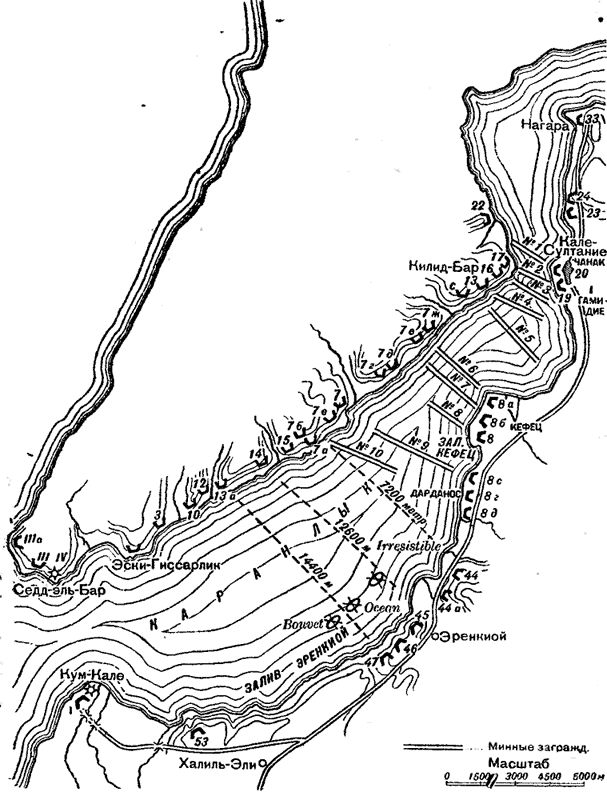
Operation 18 March. Source: Kolenkovsky A.K. Dardanelles operation
March 18 weather was favorable. In 10 hour. 30 min. the fleet under the command of Vice-Admiral de Robek entered the strait. Ahead were destroyers with trawls. After 30 minutes, the 1-division with 14 000 m opened fire on the forts of Chanaksky narrowness. The forts did not respond, but the ships of the division came under heavy fire from the intermediate batteries and were damaged. Despite all the efforts of the Allies, it was not possible to crush enemy batteries. During this battle, the Inflexible battle cruiser, hit by projectiles of various calibers, stumbled upon a drifting mine and flew at will.
In 12 hour. 20 min. The 3 Division Hepratta received orders to move forward to begin the destruction of the forts at a closer distance. The division entered the strait in two lines, passed through the 1 division, and, following the eastern coast under the cover of the destroyers, opened fire directly at Chanak group of forts and Kilid-Baru. The minesweepers began the trawling of the fairway. The fire of the 3 Division lasted about two hours.
The ships came under fire from numerous intermediate Turkish batteries of various calibers, of which many found themselves for the first time. Among these batteries were both heavy serfs and field ones. From close range, hitting Turkish shells were numerous. Almost all ships were damaged. The 3 th hastened to replace the 2 division. But its fire on howitzer and field batteries, which fired intensively, was ineffective. During the battle, the Turks introduced artillery of all calibres into the business, shooting ships from a distance of 2-3 km. In 14 hour. 30 min. French ships (3-division) made a half turn and began to leave. 1-I and 2-I divisions continued to fight until the evening. At 18 hours, Admiral Robeck hung up.
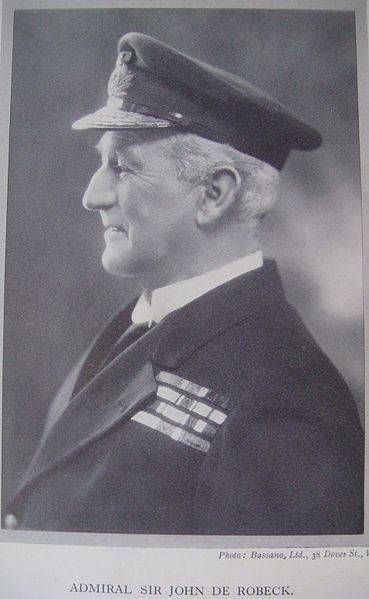
British admiral John de Robek
Battle results
Allies suffered heavy losses. All ships that participated in the battle, received major damage from artillery shells, some were blown up by mines. The French squadron battleship Suffren (fr. Suffren) was subjected to a fierce response fire and was hit 14 times within 15 minutes. One 254-mm projectile from the coastal battery flew into the gun port of the 164-mm casemate installation and completely destroyed it, killing the whole calculation and causing a fire in the cellars. Another shell struck a hole in the bow, which led to the flooding of the bow tower cellars. The ship could hardly move in a big roll. The British battleship Agamemnon (Agamemnon) was badly damaged by artillery fire.
The battleship (battleship-dodrednoud) of the 2 Division Irresistible (“Irresistible”, translated as “Irresistible”) hit a Turkish mine, which led to a loss of speed. The current carried the battleship towards the Turkish coastal guns, which opened heavy fire on it. The attempt to tow the Ocean battleship failed to succeed due to the strong enemy fire, the ship's heel and shallow depth in the area of operation. Most of the crew was evacuated on the destroyer, part of them was transferred to the battleship Ocean. When moving away from “Irresistibl” in 18: 05, “Ocean”, in turn, hit a mine and was abandoned by the team. Both ships were finished off with Turkish artillery.
The ships “Golua” and “Bouvet” were blown up by mines. The French battleship Bouvet sank within two minutes. At the same time, 639 crew members died, including the commander, captain 1 rank De La Touche. The destroyers who came to the rescue saved only 48 people. According to another version, a 356-mm projectile hit the "Bouvet", which led to an explosion of powder cellars and the death of a ship.
The squadron battleship Bouvet goes to his last battle. 18 March 1915 of the year
Perishing French battleship "Bouvet"
Thus, the attack of the Dardanelles did not lead to success. Allied fleet suffered a serious defeat. Of the 16 major ships involved in the breakthrough, 3 died and 3 went down for a long time.
Shipboard artillery could not crush the coastal batteries. Only the batteries that covered the entrance to the straits (Orkaniye, Kum-Kale, Sedd-el-Bar, Helles) were finally suppressed, although they could still serve as a shelter for infantry. But the rest of the forts and batteries, especially the new ones, suffered little. They were conveniently and hiddenly disposed and had concrete. Thus, thousands of shells hit Erenkioja’s covered batteries, but their Krupp guns didn’t stop shooting. Fort Dardanos, despite the fact that 4000 shells fell into it, retained all the tools, in Chanak, the main fort Hamidiye and Kilid-Bar retained their combat capability. The Turks lost all 8 guns. It took only a few weeks for the forts to restore the combat capability of the forts. Personnel losses were also minimal: 40 killed and 74 injured, including Germans 18.
True, if the Allies had decided on a second decisive assault, without fearing the loss of ships, they could succeed. Especially if they supported the fleet's strike with the help of a landing operation. The British and French did not know that the forts and coastal batteries of the Turks had practically exhausted their ammunition, which, because of the lack of roads, was very slowly brought from Istanbul. And if the allied fleet continued its breakthrough the next day, the Turks would have almost no answer. The Turkish commander-in-chief, Enver Pasha, issued an order to undermine the coastal guns in case of an enemy landing.
However, the allies did not continue the attack. Robeck refused to continue the operation only by the forces of the fleet. He notified the Military Council of the results of the operation and asked for instructions on further actions. The council telegraphed the admiral to continue the operation. But Robeck did not dare to attack, and 23 March sent a second report in which he pointed out unexpected difficulties from the minefields. The Allies underestimated the mine danger in the strait. Minesweepers were few, and they could not cope with their task. The Allies suffered the main losses from the bombing of the ships in mines.
Churchill again demanded the continuation of the operation. Robeck 26 March telegraphed for the third time, saying that success requires "joint actions of the fleet and the army." In London, a regular meeting of the Military Council. Churchill advocated the continuation of Cardin's plan, where the fleet was to fulfill the main role, and the ground forces should be used only for solving particular tasks. However, the council supported the point of view of the commander of the Hamilton Mediterranean Expeditionary Force. “I hold,” Hamilton reported, “of the opinion that the Dardanelles cannot be forced by the fleet alone. I did not deal with this issue before, but now I see that the army should play a significant role in this operation and not in landing small detachments for local operations, but for an offensive operation with significant forces to ensure the fleet’s passage through the straits. ” Thus, the operation was again suspended, at least until April 15, by which date they hoped to prepare the landing army.
The failure of the allied fleet to force the Dardanelles and take Constantinople had major military and strategic consequences. In Greece, there was a change of government, came to power opponents of the alliance with the Entente. Bulgaria rejected the harassment of the Entente powers to join the war on their side and went on a further rapprochement with the Central Powers. In Italy, the position of supporters of neutrality has temporarily increased.
Sinking Irresistable
To be continued ...
- Alexander Samsonov
- 1915 Campaign
Military plans of the Entente and the Central Powers for 1915 year
Death of the 20 Russian Corps
"Rubber War" in the Carpathians
Battle for Prasnysh
Italian "jackal" enters the war
Battle of the Isonzo
Second Battle of the Isonzo
Germany turns east
Bosphorus bait for Russia
Gorlitsky breakthrough
The defeat of the 3 Army Radko-Dmitriev. The death of the 48 "Steel" division of General Kornilov
Departure of Russian armies from Galicia. Loss of Przemysl and Lviv
The great retreat of the Russian army
The fall of Warsaw
Fall of the Newgeorg Fortress
The great retreat of the Russian army was the harbinger of the 1917 disaster of the year.
1915 Campaign of the Year on the Caucasus Front
Solution of the “Christian Question” in Turkey during the First World War
Battle for van
Alashkert operation
Hamadan operation
Sventsian breakthrough
Completion of the 1915 campaign of the year on the Russian front: the battle for Lutsk and Chartoryisk. Operation on the river. Strypa
As England and France set up Russia under the German ram
Dardanelles operation
Dardanelles: defeat at sea
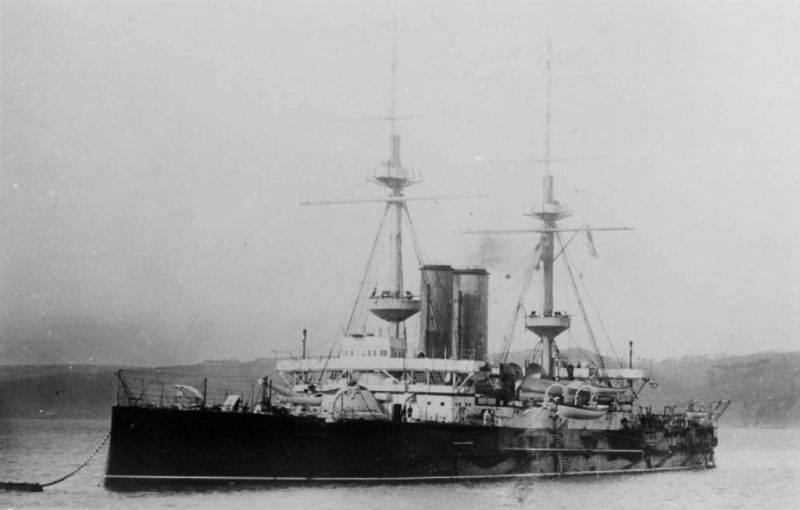
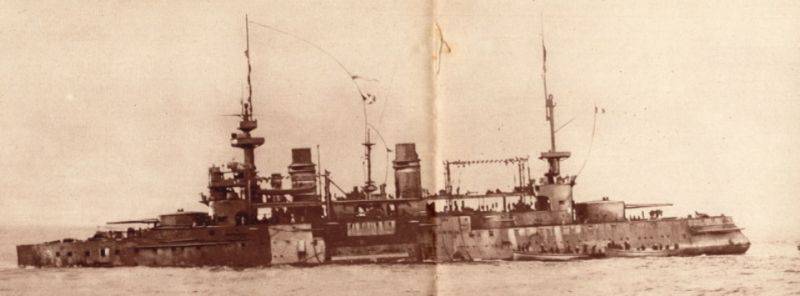
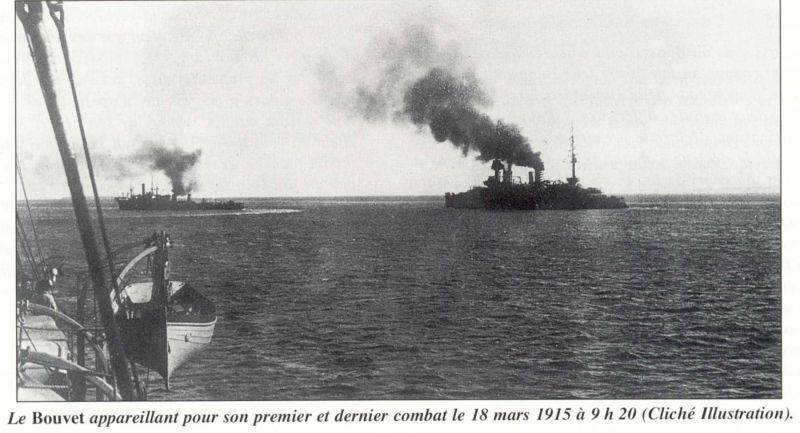
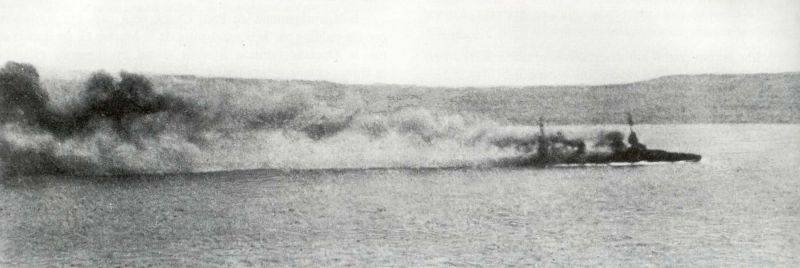
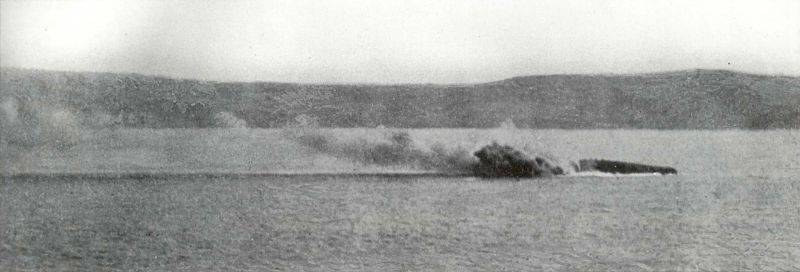
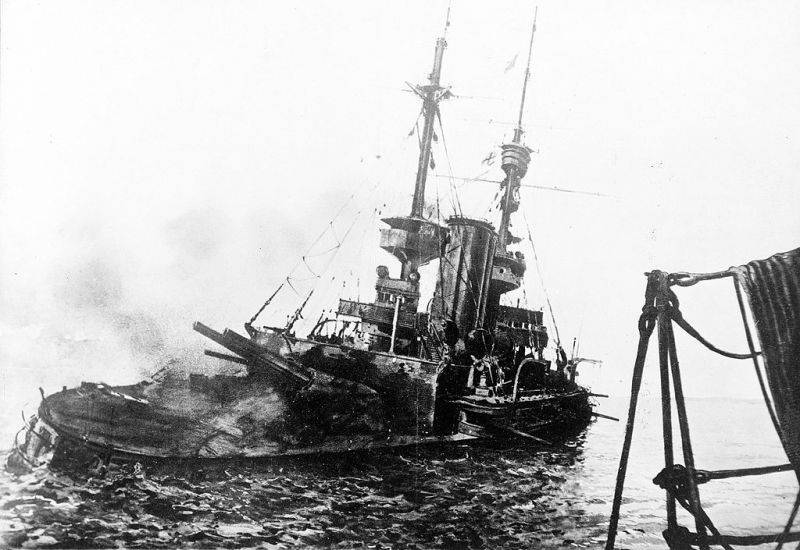
Information